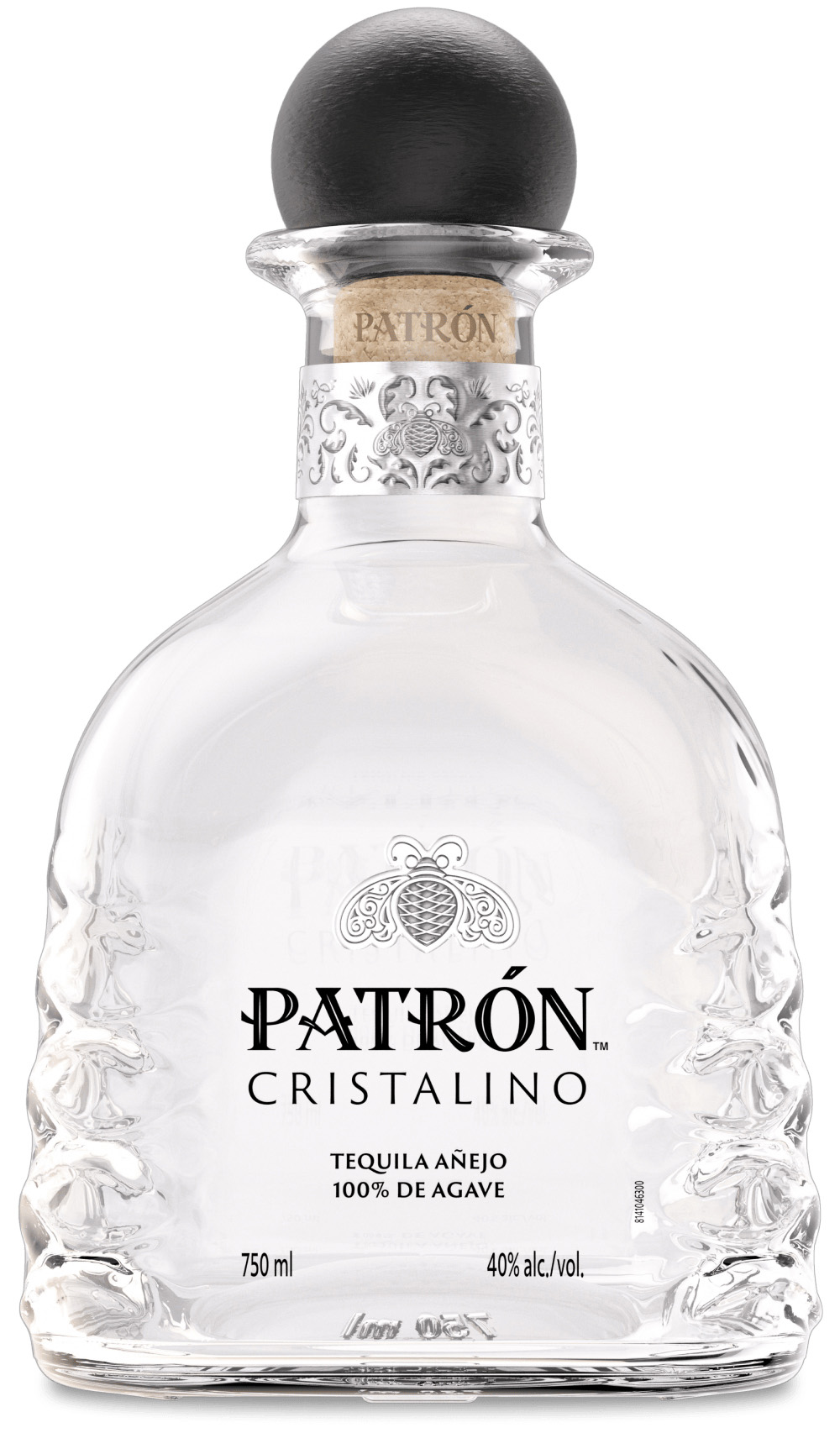One of the most notable recent developments in the Indian alcobev industry is the reduction of import tariffs on bourbon. In February 2025, the Indian government reduced import tariffs on bourbon whiskey from 150% to 100%, aiming to strengthen trade relations with the United States. This move is expected to make bourbon more competitively priced in the Indian market, potentially increasing its availability and boosting consumer interest. Bhavya Desai spoke with Neeraj Kumar, Managing Director of Suntory Global Spirits India, about the impact, growth potential, and more. Excerpts:
Before the tariff cut, bourbon imports into India were relatively modest, with the country importing around $2.5 million worth of bourbon during the 2023–24 fiscal year. The U.S., holding the GI (Geographical Indication) tag for bourbon, has been the primary supplier, accounting for nearly a quarter of these imports. The tariff reduction is expected to encourage more imports from American producers, enhancing their competitiveness against other international and domestic
spirits.
According to Neeraj, the reduction is well-timed, given the bourbon market’s strong growth potential in India, driven by shifting consumer preferences and a rapidly expanding alcoholic beverage industry. “Jim Beam, our leading bourbon whiskey, has seen strong double-digit growth in recent years, securing market leadership in the American whiskey category across key Indian cities. This reflects a growing appetite for bourbon among Indian consumers.”
Neeraj attributes this growth to bourbon’s versatility, which appeals to both neat drinkers and cocktail lovers, offering a unique opportunity to engage a new generation of whiskey enthusiasts. He also sees the tariff reduction as a strategic step toward strengthening trade ties between the world’s two largest democracies, supporting bourbon’s growing market presence and meeting increasing demand for premium whiskey experiences.
That said, the bourbon market in India is still relatively niche compared to scotch. While the tariff reduction is a positive step, more effort will be needed to grow the category. Neeraj acknowledges this, noting that the reduction marks a significant step toward expanding bourbon’s footprint, encouraging investment from American distillers, and improving accessibility for Indian consumers. Bourbon exports to India have already been growing at 20% annually, and the tariff reduction is expected to accelerate this trend.
Suntory Global Spirits is proud to be the custodian of the world’s #1 bourbon, Jim Beam, Neeraj emphasises. “Jim Beam has been crafted with unmatched expertise for 230 years, each bottle carrying the legacy of generations of dedication and craftsmanship. We are committed to building scale and momentum for the brand through premium experiences tailored to Legal Drinking Age (LDA) consumers, including differentiated activations centered around bourbon refreshment moments. Our ‘Jim Beam Highball’ strategy aims to deliver a refreshing and memorable drinking experience.”

Suntory Global Spirits is also looking to expand its portfolio in India, introducing more offerings under the Jim Beam label and other spirits like Maker’s Mark. The current Jim Beam lineup in India includes Jim Beam White and Jim Beam Black Kentucky Straight Bourbon Whiskeys, along with the recently launched Jim Beam Honey and Jim Beam Orange flavours — both of which have been well received by consumers and bartenders, particularly for bourbon-based cocktails.
It’s clear that Suntory Global Spirits is eager to make its mark (pun intended) and secure a larger share of the Indian spirits market. Neeraj’s enthusiasm reflects the company’s strong commitment to India as a priority market. “We are dedicated to meeting the growing demand in this market,” he says.
Jim Beam remains a major focus for the company in India, with momentum building steadily over the past two years. The launch of Jim Beam Honey and Jim Beam Orange has received a promising response from both consumers and bartenders, reinforcing bourbon’s growing popularity in India.
Globally, Suntory Global Spirits’s bourbon portfolio also includes Legent, Basil Hayden, and Knob Creek. The company continues to assess opportunities for expanding in India — though Neeraj stresses that timing will be key.
So, is local bottling on the table? Neeraj’s response is measured: “Our approach to bottling follows strict global standards to ensure the highest quality across all our brands. Each bourbon has its unique characteristics, influenced by GI norms, blending techniques, and precise recipes for seasoning, maturation, and bottling. Any decision on local bottling will be carefully evaluated to maintain the integrity and authenticity of our products and deliver the best experience to Indian consumers.”
The tariff reduction comes at an interesting time, aligning with India’s broader strategy to negotiate a comprehensive trade agreement with the U.S. — one that aims to double bilateral trade to $500 billion by 2030. Overall, the reduction in bourbon tariffs marks a significant shift for India’s alcobev market, promising greater consumer choice and a more diverse spirits industry. And perhaps, this could pave the way for a similar shift in the Scotch market too — who knows?










